Home>Gardening & Outdoor>Landscaping Ideas>How To Grow Back Dead Grass
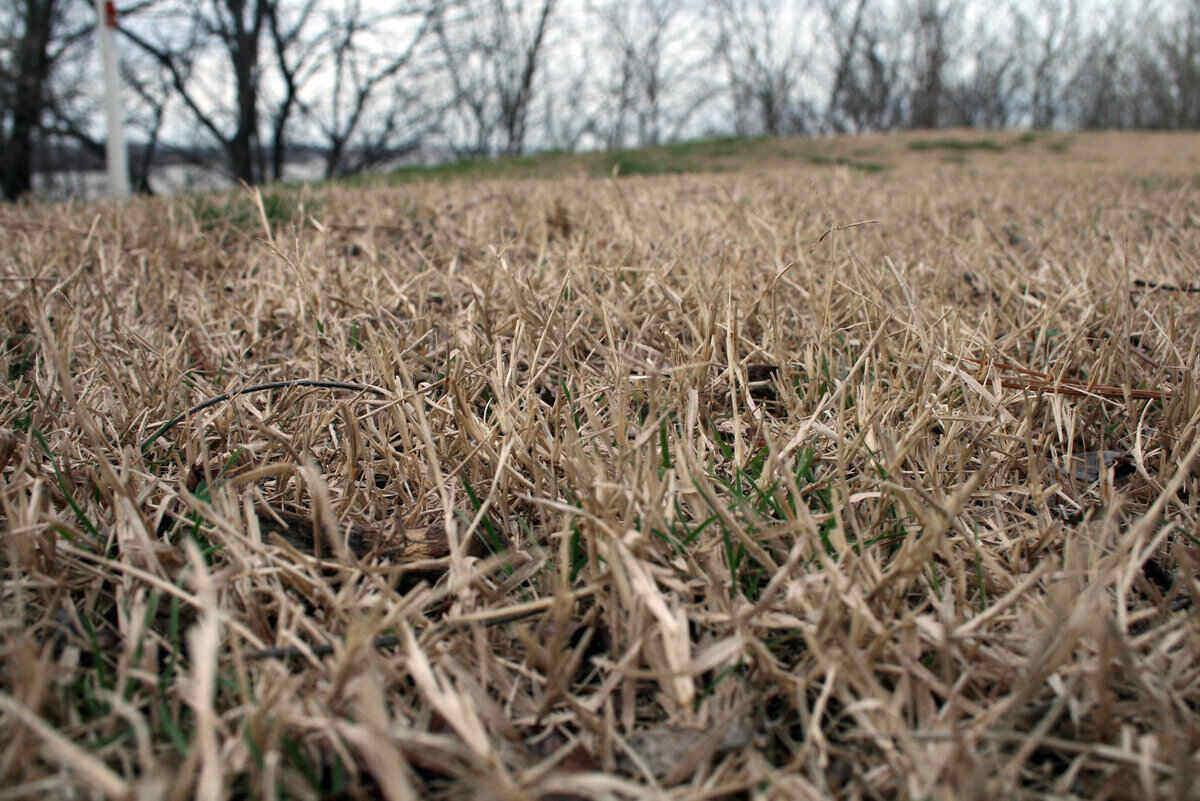

Landscaping Ideas
How To Grow Back Dead Grass
Published: January 24, 2024
Learn effective landscaping ideas to revive dead grass and transform your lawn. Discover how to grow back dead grass with our expert tips and techniques. Boost your curb appeal today!
(Many of the links in this article redirect to a specific reviewed product. Your purchase of these products through affiliate links helps to generate commission for Storables.com, at no extra cost. Learn more)
Introduction
Welcome to the ultimate guide on reviving your lawn from the clutches of dead grass. Nothing beats the feeling of stepping onto a lush, green carpet of grass in your backyard. However, dead or patchy grass can be a real eyesore and a source of frustration for any homeowner. But fear not, as with the right knowledge and a bit of elbow grease, you can restore your lawn to its former glory.
In this comprehensive guide, we will delve into the various factors that can lead to dead grass, the essential steps to prepare your soil for regrowth, how to select the right grass seed for your specific needs, the best practices for planting and nurturing new grass, and the ongoing maintenance required to keep your lawn healthy and vibrant.
Whether you are a seasoned gardener or a novice in the world of lawn care, this guide will equip you with the knowledge and confidence to tackle the challenge of growing back dead grass. So, roll up your sleeves, put on your gardening gloves, and let’s breathe new life into your lawn!
Key Takeaways:
- Reviving dead grass involves understanding the causes, preparing the soil, selecting the right grass seed, and nurturing new grass. Patience, attentiveness, and consistency are crucial for a thriving, vibrant lawn.
- Maintaining a healthy lawn requires regular watering, proper mowing, fertilization, weed and pest management, overseeding, and seasonal care. Embrace the journey of nurturing a living, breathing landscape.
Read more: How To Get My Dead Grass To Grow Back
Understanding the Causes of Dead Grass
Before embarking on the journey to revive your lawn, it’s crucial to understand the underlying causes of dead grass. Several factors can contribute to the demise of your once-thriving turf, and identifying these factors is the first step toward implementing effective solutions.
1. Lack of Water: Insufficient or irregular watering is one of the primary culprits behind dead grass. During hot and dry periods, grass requires an adequate supply of water to thrive. Without it, the grass can wither and die, leaving behind unsightly brown patches.
2. Soil Compaction: Over time, the soil beneath your lawn can become compacted, hindering the circulation of air, water, and nutrients to the grass roots. This compaction can suffocate the grass, leading to its decline.
3. Poor Soil Quality: Soil that lacks essential nutrients or has an imbalanced pH level can impede the growth of healthy grass. Identifying and addressing soil deficiencies is crucial for promoting robust grass growth.
4. Invasive Weeds: Invasive weeds not only compete with grass for essential resources but can also release chemicals that inhibit the growth of surrounding grass, ultimately leading to its demise.
5. Disease and Pests: Fungal diseases and pest infestations can wreak havoc on your lawn, causing widespread damage to the grass if left unchecked.
By understanding these causes, you can assess the specific issues plaguing your lawn and tailor your approach to address them effectively. In the following sections, we will explore the steps to prepare your soil, select the right grass seed, and implement best practices for regrowing a healthy, vibrant lawn. Let’s dive in and breathe new life into your outdoor oasis!
Preparing the Soil for Regrowth
Reviving dead grass begins with preparing the soil to create an optimal environment for new growth. This crucial step sets the foundation for a healthy and resilient lawn. Here’s how to prepare your soil for regrowth:
1. Aeration: Compacted soil can stifle the growth of new grass. Aerating the soil involves perforating the ground with small holes to allow air, water, and nutrients to penetrate the root zone. This process promotes root development and enhances the overall health of the grass.
2. Soil Testing: Conduct a soil test to assess its pH level and nutrient composition. This information will guide you in making informed decisions about soil amendments and selecting the right fertilizer to promote healthy grass growth.
3. Fertilization: Based on the results of the soil test, apply a high-quality fertilizer to replenish essential nutrients in the soil. Look for a fertilizer specifically formulated for promoting grass growth and follow the application instructions carefully.
4. Weed Removal: Clear the area of any existing weeds or invasive plants. Use a combination of manual removal and, if necessary, targeted herbicides to eliminate weeds that could hinder the growth of new grass.
5. Topdressing: Consider topdressing the soil with a thin layer of compost. This organic matter enriches the soil, improves its structure, and provides a nourishing environment for new grass seeds to take root.
6. Moisture Management: Ensure that the soil is adequately moist but not waterlogged before planting new grass seeds. Proper moisture levels create an ideal germination environment and support the initial growth of the grass.
By meticulously preparing the soil, you set the stage for successful regrowth and establish the conditions that will nurture healthy, resilient grass. With the soil primed for new growth, the next step is to select the right grass seed for your lawn’s specific needs. Let’s explore the key considerations for choosing the perfect grass seed in the following section.
Selecting the Right Grass Seed
Choosing the appropriate grass seed is a pivotal decision that directly influences the success of regrowing your lawn. With a myriad of grass species and varieties available, it’s essential to consider several factors to ensure the best possible outcome. Here’s how to select the right grass seed for your lawn:
1. Climate Compatibility: Consider your local climate and select grass species that are well-suited to the temperature, precipitation, and sunlight conditions in your area. Cool-season grasses, such as Kentucky bluegrass and fescue, thrive in cooler regions, while warm-season grasses like Bermuda and Zoysia are better suited to warmer climates.
2. Traffic Tolerance: Evaluate the level of foot traffic your lawn typically experiences. If your lawn is frequently used for recreational activities or as a play area, opt for grass varieties known for their durability and resilience to wear and tear.
3. Shade or Sun Exposure: Assess the amount of sunlight your lawn receives throughout the day. Some grass species are shade-tolerant and thrive in partially shaded areas, while others require full sun for optimal growth. Select grass seed varieties that align with the sunlight conditions in your lawn.
4. Soil Type: Different grass species have specific soil preferences. Whether your soil is sandy, loamy, or clay-based, choose grass seed varieties that are well-adapted to the soil type present in your lawn for the best results.
5. Disease Resistance: Research grass seed varieties known for their resistance to common lawn diseases prevalent in your area. Choosing disease-resistant grass can help mitigate potential issues and promote the long-term health of your lawn.
6. Water Requirements: Some grass species are more drought-tolerant than others. If water conservation is a priority or if your region experiences periodic drought conditions, opt for grass seed varieties that require less water to thrive.
By carefully considering these factors, you can narrow down the options and select the ideal grass seed that aligns with your lawn’s unique requirements. Once you’ve chosen the right grass seed, it’s time to move on to the next crucial step: planting and caring for the new grass. Let’s explore the best practices for establishing healthy, vibrant grass in your revitalized lawn.
Aerate the soil to improve air and water circulation, then overseed with the same type of grass to fill in bare spots. Keep the soil moist for new growth.
Planting and Caring for New Grass
Now that you’ve prepared the soil and selected the perfect grass seed for your lawn, it’s time to delve into the essential steps for planting and nurturing new grass. By following these best practices, you can ensure the successful establishment of healthy, vibrant grass in your revitalized lawn:
1. Proper Seeding Technique: Follow the recommended seeding rates for the specific grass seed you’ve chosen. Ensure even distribution of the seeds across the prepared soil to promote uniform growth. Lightly rake the seeds into the soil or use a seed spreader for optimal coverage.
2. Watering Schedule: Keep the newly seeded area consistently moist by watering lightly once or twice a day. Avoid overwatering, as excessive moisture can hinder germination and lead to fungal issues. As the grass begins to grow, gradually transition to a deeper, less frequent watering schedule to encourage deep root development.
3. Protection from Birds and Pests: Protect the newly seeded area from birds and small pests that may feed on the seeds. Consider using a lightweight, breathable mesh or applying a natural deterrent to safeguard the seeds during the germination phase.
4. Fertilization and Weed Control: Once the new grass has reached mowing height, apply a gentle, slow-release fertilizer to support its ongoing growth. Be cautious with weed control products, as young grass can be sensitive to herbicides. Consider hand-pulling weeds until the new grass is well-established.
5. Mowing Practices: When the grass reaches a height of approximately 3 inches, it’s time for the first mowing. Set your mower to a higher setting initially to avoid stressing the young grass. Gradually lower the mowing height over subsequent mowings as the grass becomes more established.
6. Monitoring and Adjusting: Keep a close eye on the new grass as it grows. Adjust your care regimen based on its progress and the specific needs of the grass species you’ve planted. With attentive care and proper maintenance, your new grass will flourish and gradually transform your lawn into a verdant oasis.
By following these guidelines, you can foster the healthy establishment of new grass and set the stage for a lush, resilient lawn. However, the journey doesn’t end once the new grass takes root. Ongoing maintenance is crucial for sustaining the vitality of your lawn in the long run. Let’s explore the best practices for maintaining a healthy, thriving lawn in the following section.
Maintaining a Healthy Lawn
Once your new grass has taken root and flourished, maintaining a healthy lawn becomes an ongoing endeavor. Consistent care and attention to key maintenance practices are essential for preserving the vibrancy and resilience of your revitalized lawn. Here are the best practices for maintaining a healthy, lush lawn:
1. Regular Watering: Establish a consistent watering schedule to keep your lawn adequately hydrated. Deep, infrequent watering is preferable to frequent, shallow watering, as it encourages deep root growth and overall turf resilience. Adjust your watering regimen based on seasonal variations and local water restrictions.
2. Proper Mowing Techniques: Mow your lawn at the appropriate height for the specific grass species you’ve planted. Avoid cutting more than one-third of the grass blade length in a single mowing session to prevent stress and promote healthy regrowth. Keep your mower blades sharp to ensure clean, even cuts that minimize the risk of disease and damage to the grass.
3. Fertilization and Soil Maintenance: Apply fertilizer as needed to replenish essential nutrients and promote healthy grass growth. Conduct periodic soil tests to assess nutrient levels and pH balance, and adjust your fertilization regimen accordingly. Consider aerating the soil as necessary to alleviate compaction and enhance air and water circulation to the roots.
4. Weed and Pest Management: Stay vigilant against weeds and pests that can threaten the health of your lawn. Implement targeted weed control measures and address pest infestations promptly to prevent widespread damage. Consider natural and organic pest control methods to minimize environmental impact.
5. Overseeding and Patch Repair: Periodically overseed your lawn to fill in thin or bare areas and maintain a lush, uniform appearance. Address any patches of dead or struggling grass promptly to prevent the spread of issues and promote consistent turf density.
6. Seasonal Care: Tailor your lawn care practices to align with seasonal requirements. Adjust your watering, mowing, and fertilization routines based on the changing needs of your grass throughout the year. Consider dethatching or topdressing as part of your seasonal maintenance to promote optimal grass health.
By incorporating these maintenance practices into your lawn care routine, you can nurture a thriving, resilient lawn that enhances the beauty of your outdoor space. Consistency, attentiveness, and a proactive approach to lawn maintenance are key to preserving the health and vitality of your revitalized lawn for years to come.
With the implementation of these best practices, you can ensure that your lawn remains a vibrant, inviting space for relaxation, recreation, and natural beauty. By understanding the causes of dead grass, preparing the soil, selecting the right grass seed, and nurturing new grass, you can transform a lackluster lawn into a verdant oasis that enhances the charm of your outdoor environment.
Conclusion
Congratulations on embarking on the journey to revive your lawn from the clutches of dead grass! By delving into the intricacies of lawn care and implementing the strategies outlined in this comprehensive guide, you have taken a significant step toward transforming your outdoor space into a lush, vibrant oasis. Understanding the causes of dead grass, preparing the soil, selecting the right grass seed, and nurturing new grass are all crucial elements in the revitalization process.
As you navigate the path to a healthier, more resilient lawn, remember that patience, attentiveness, and consistency are your greatest allies. The journey to a thriving lawn is an ongoing endeavor, requiring ongoing maintenance and care to sustain its vitality. By embracing the best practices for maintaining a healthy lawn, you can nurture a verdant, inviting outdoor environment that enriches your daily life and enhances the beauty of your home.
Whether you are a seasoned gardener or a newcomer to the world of lawn care, your dedication to revitalizing your lawn is a testament to your love for the natural beauty that surrounds you. As you witness the transformation of your once-dull lawn into a flourishing tapestry of green, take pride in the knowledge that your efforts have breathed new life into your outdoor sanctuary.
As you continue to nurture your revitalized lawn, may it serve as a source of joy, relaxation, and natural splendor for you and your loved ones. Embrace the journey, celebrate the milestones, and savor the tranquil beauty of your thriving, rejuvenated lawn. With each blade of grass that flourishes under your care, you are cultivating a living masterpiece that enriches your home and connects you with the wonders of nature.
So, step outside, breathe in the fresh, invigorating air, and revel in the vibrant green expanse that is your revitalized lawn. Your dedication and passion have transformed a vision of lush, thriving grass into a reality that enhances the charm and allure of your outdoor haven. Here’s to the beauty of nature, the resilience of your lawn, and the joy of nurturing a living, breathing landscape that reflects the care and devotion you have poured into it.
Frequently Asked Questions about How To Grow Back Dead Grass
Was this page helpful?
At Storables.com, we guarantee accurate and reliable information. Our content, validated by Expert Board Contributors, is crafted following stringent Editorial Policies. We're committed to providing you with well-researched, expert-backed insights for all your informational needs.
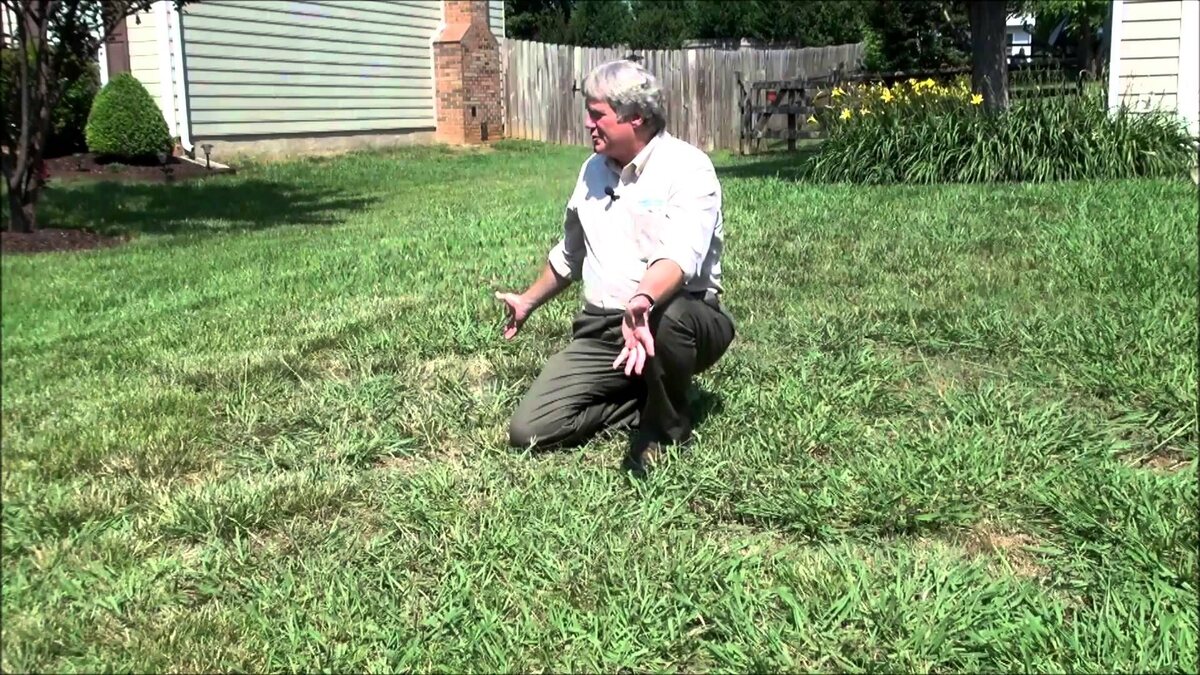
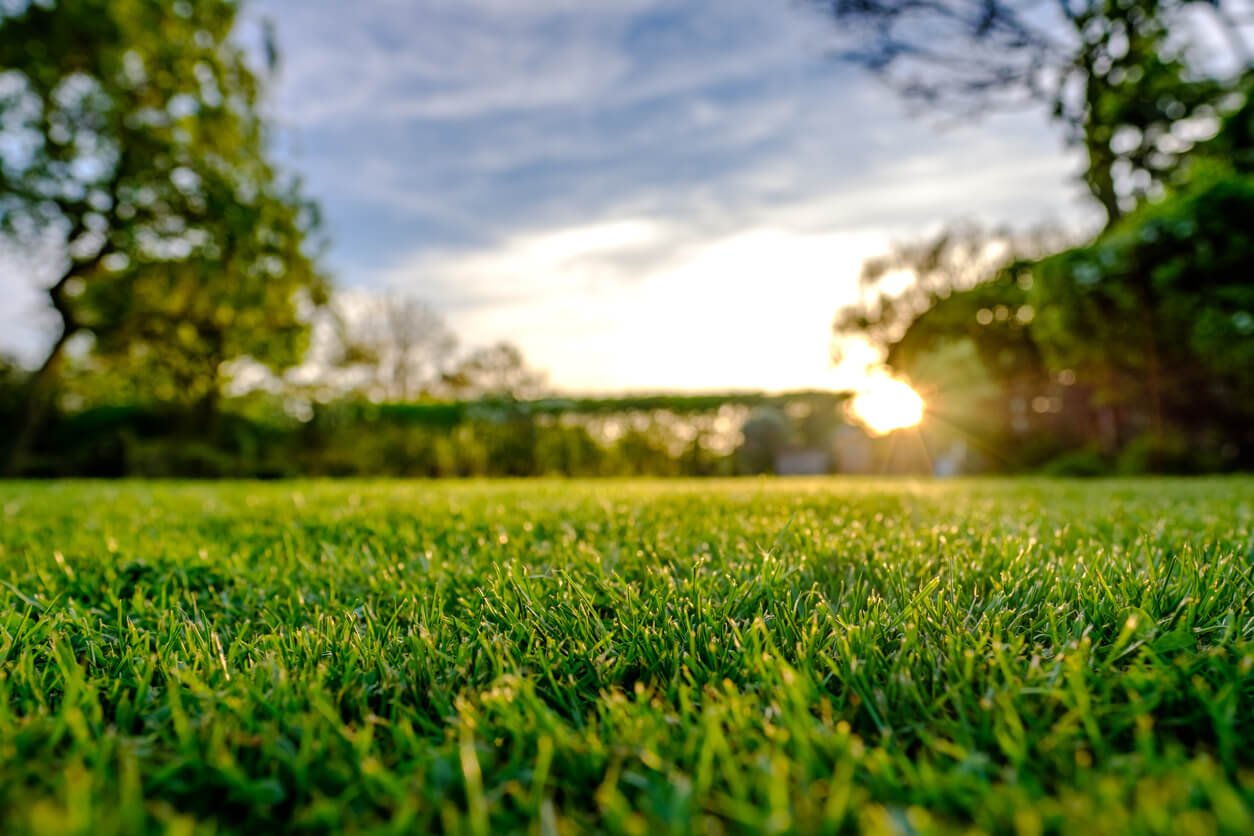
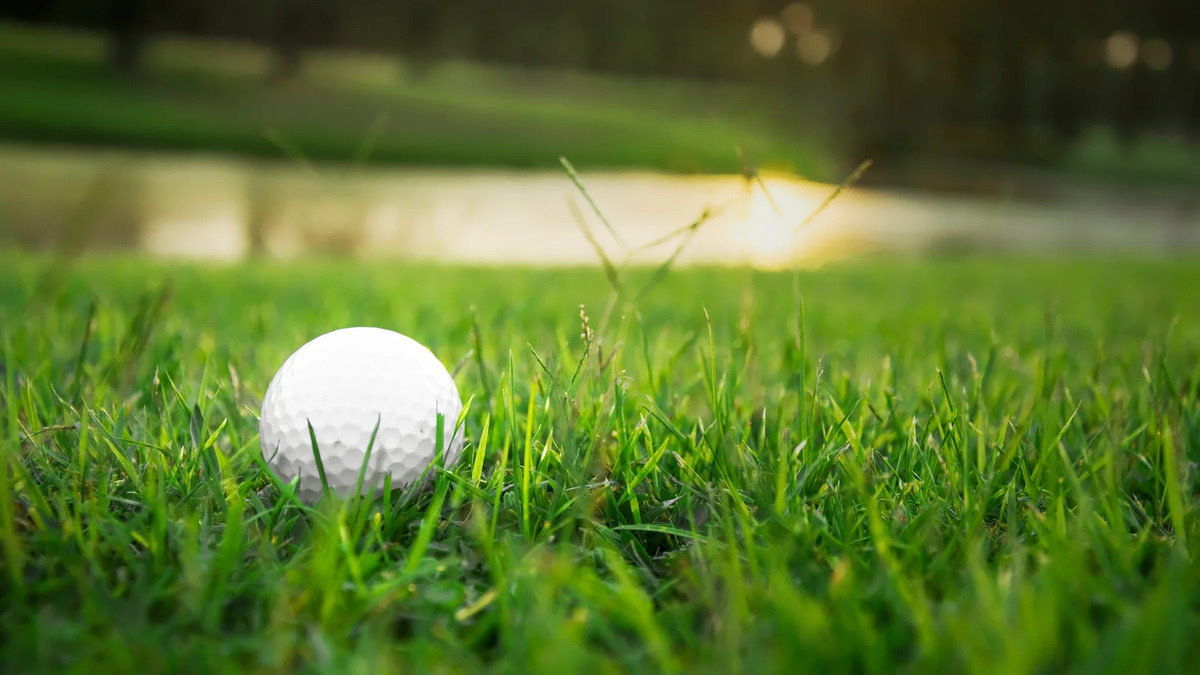
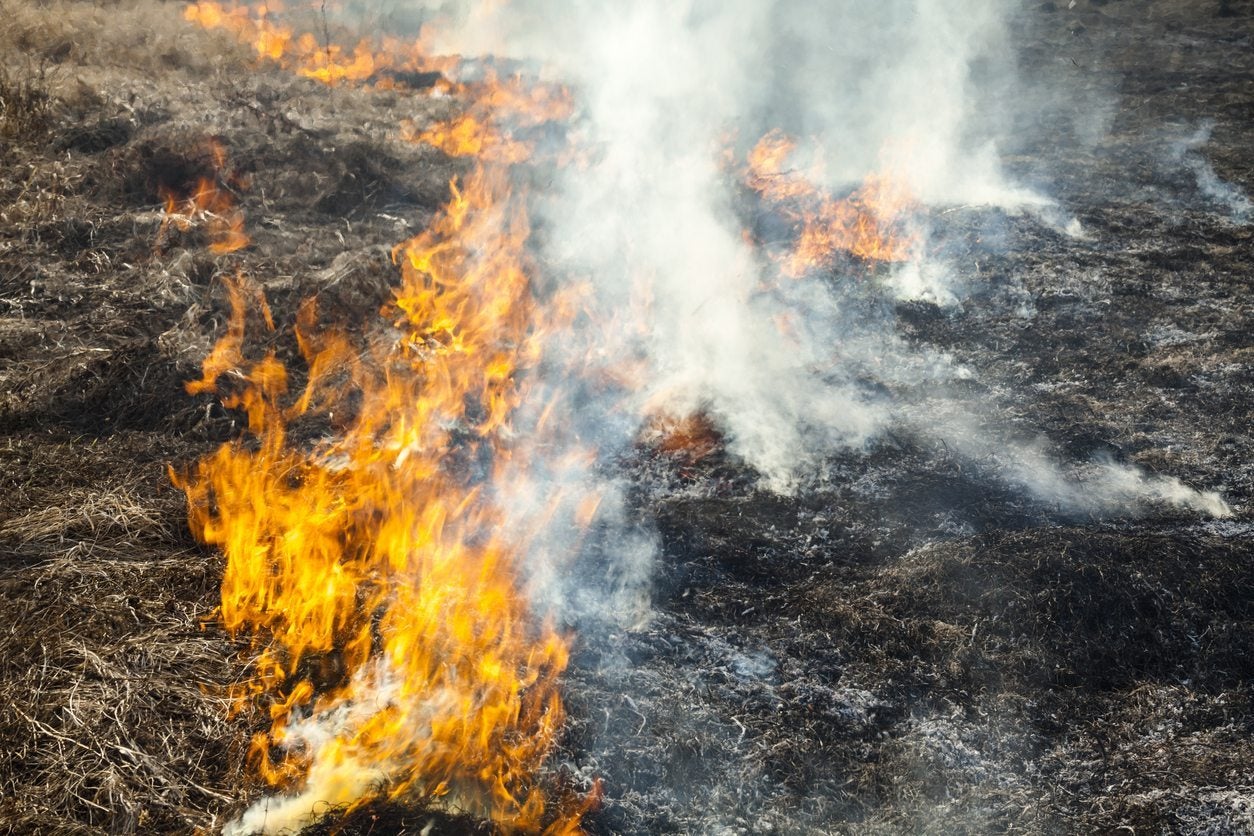
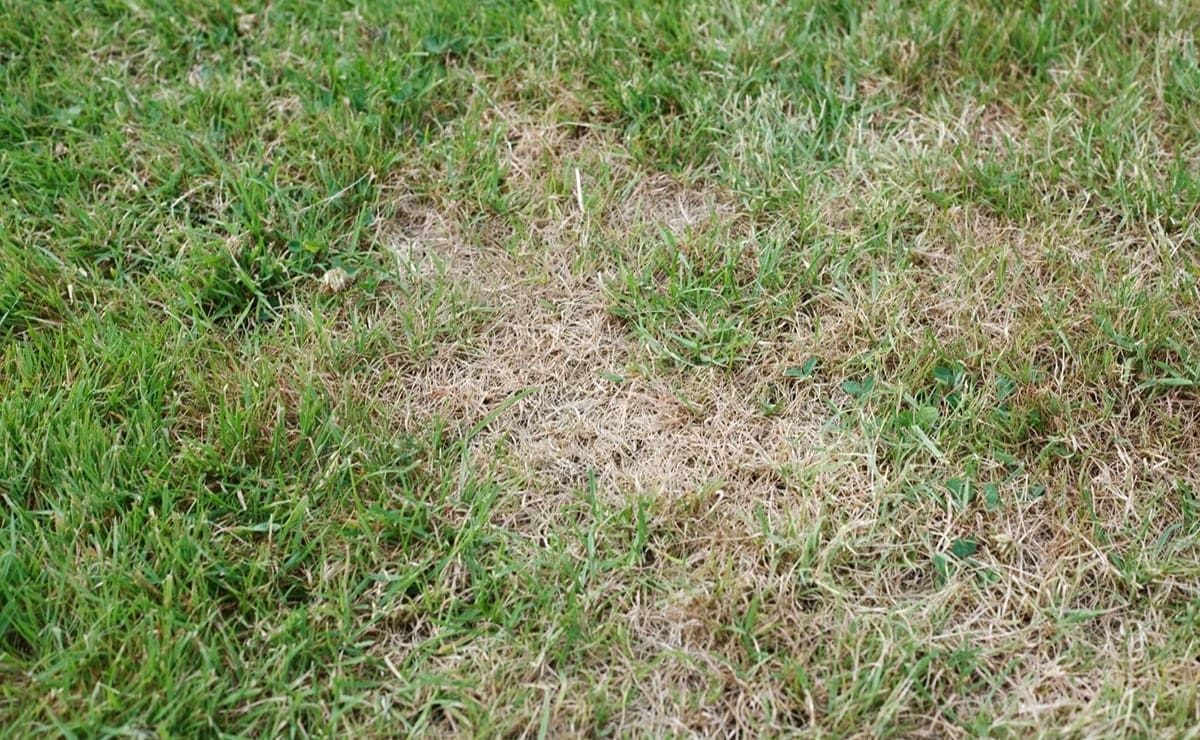
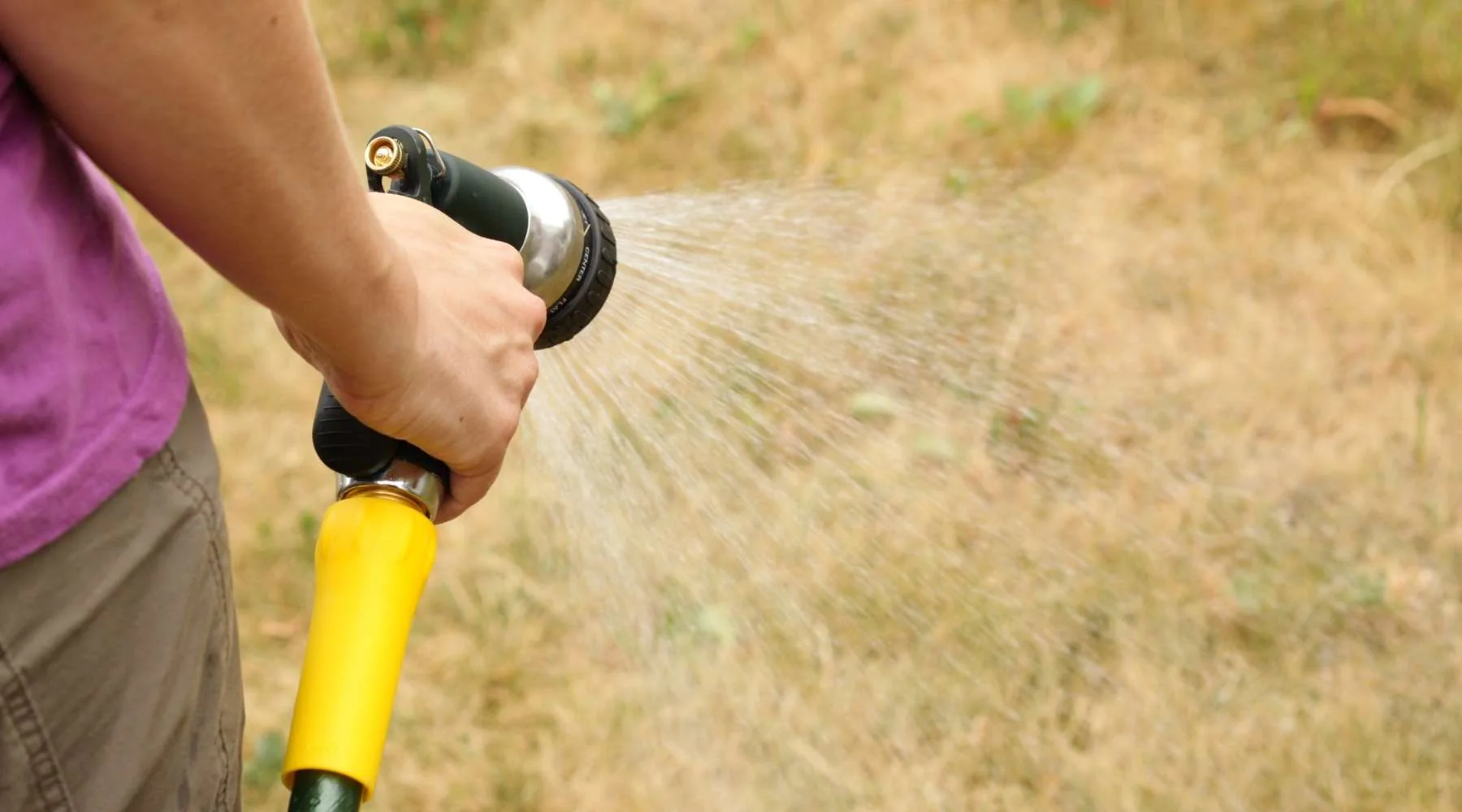
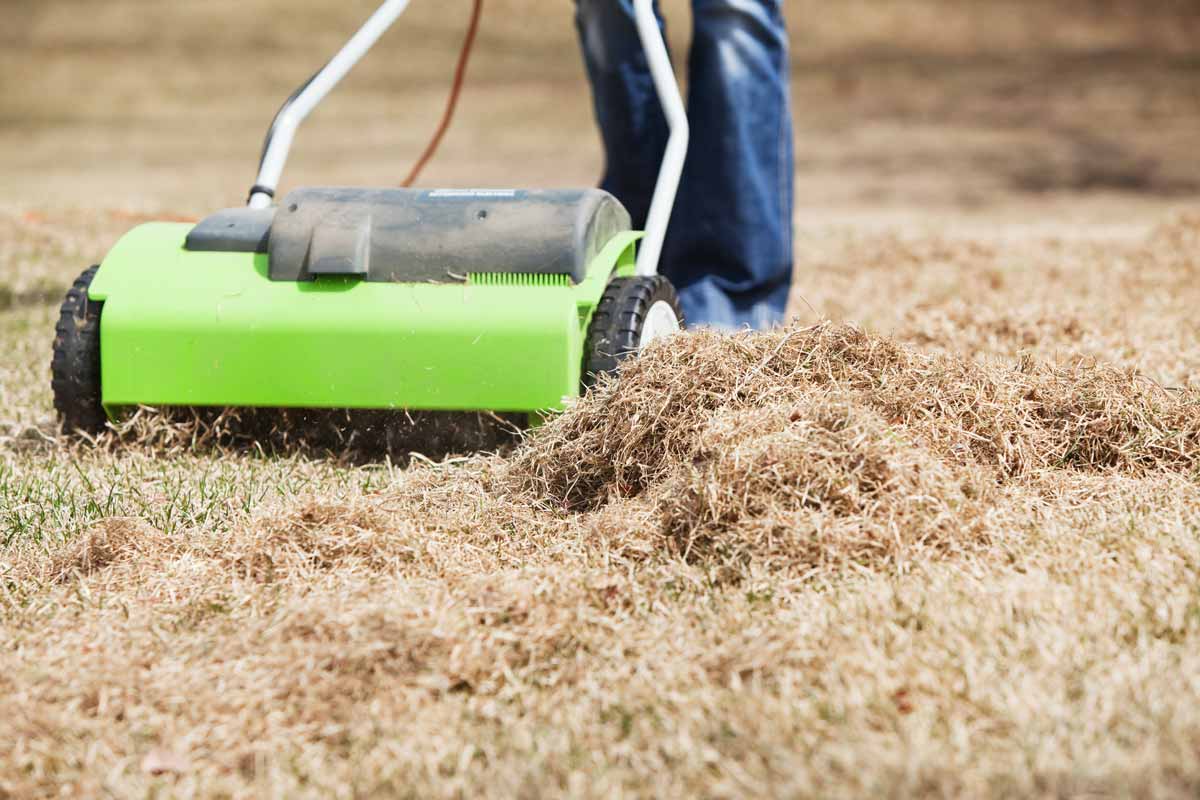
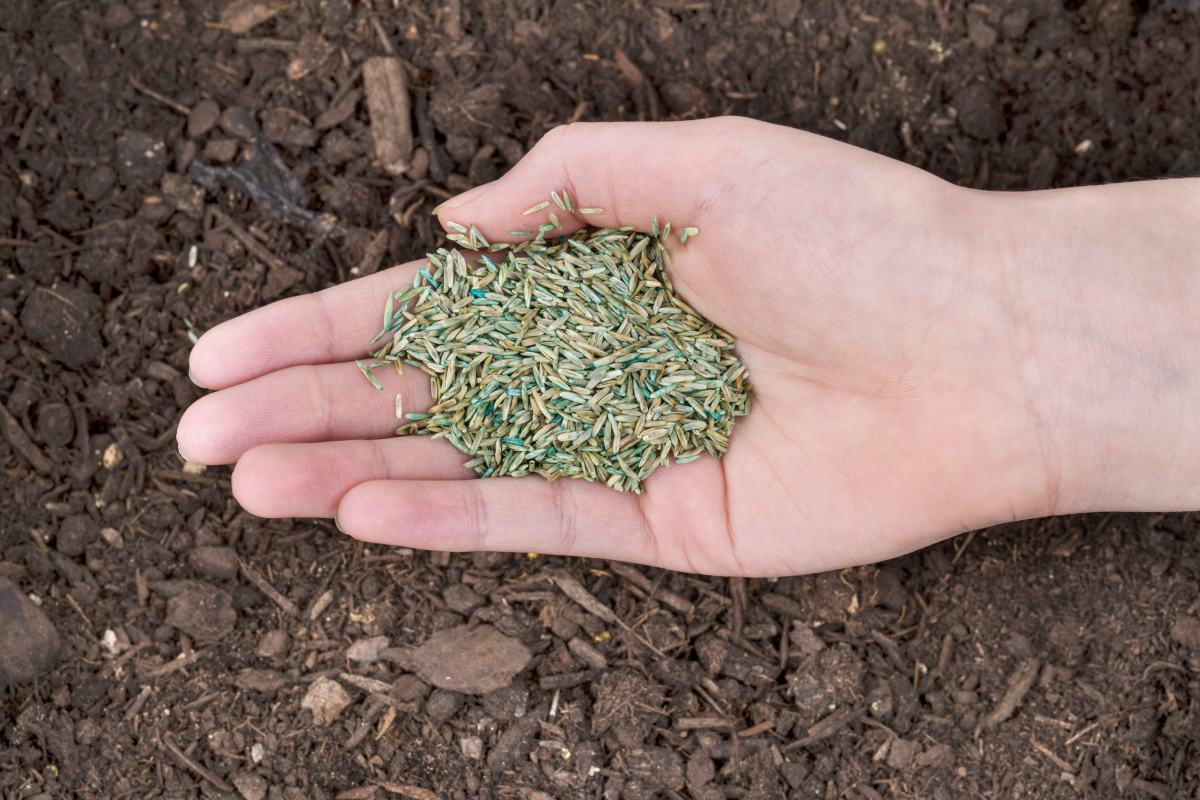
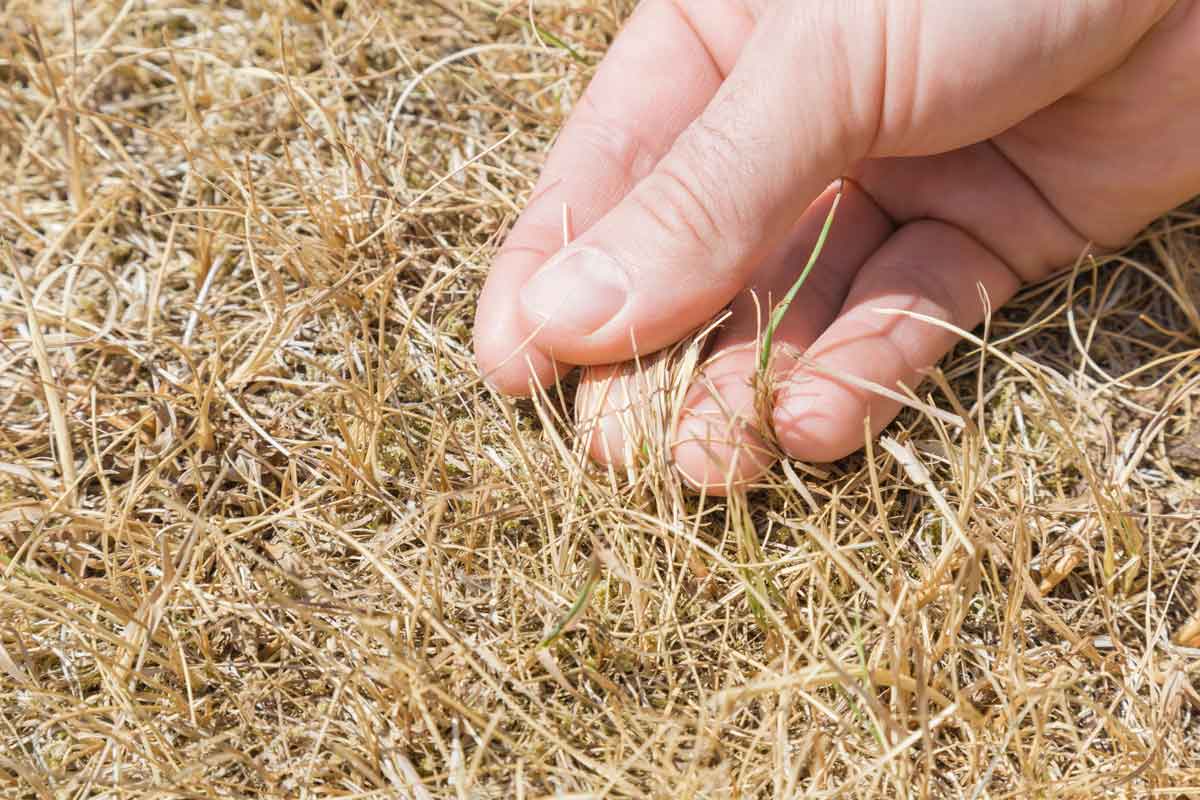
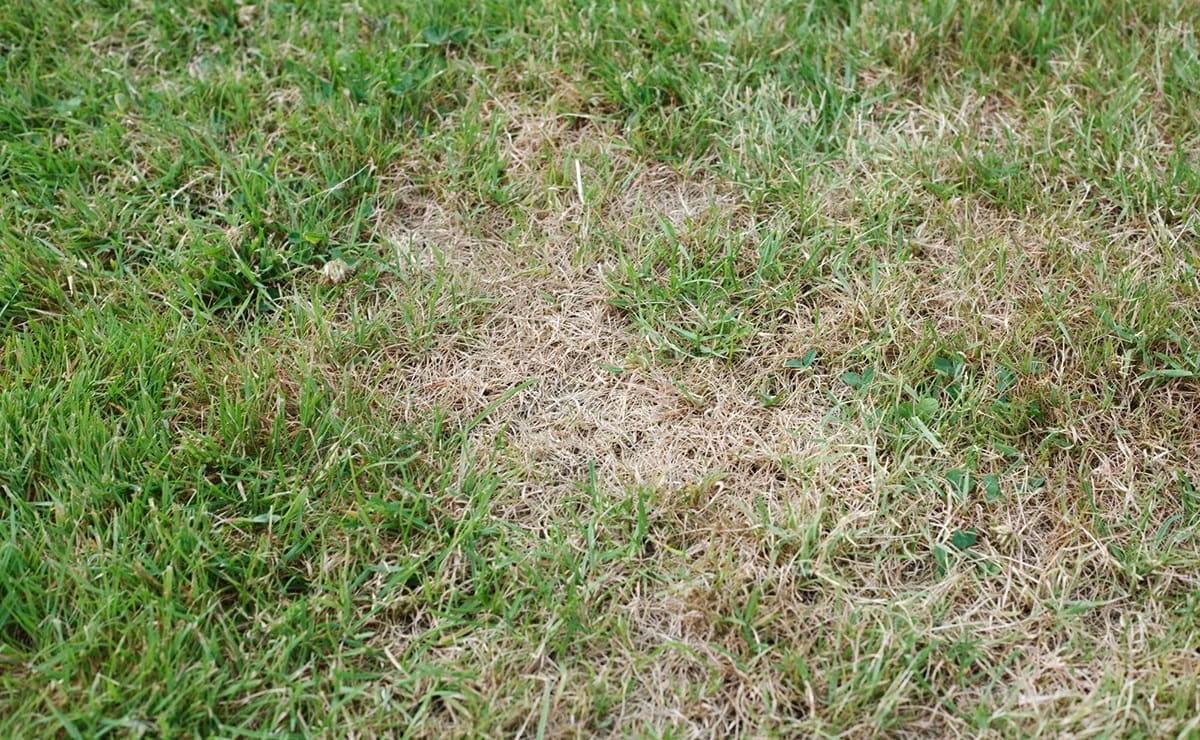
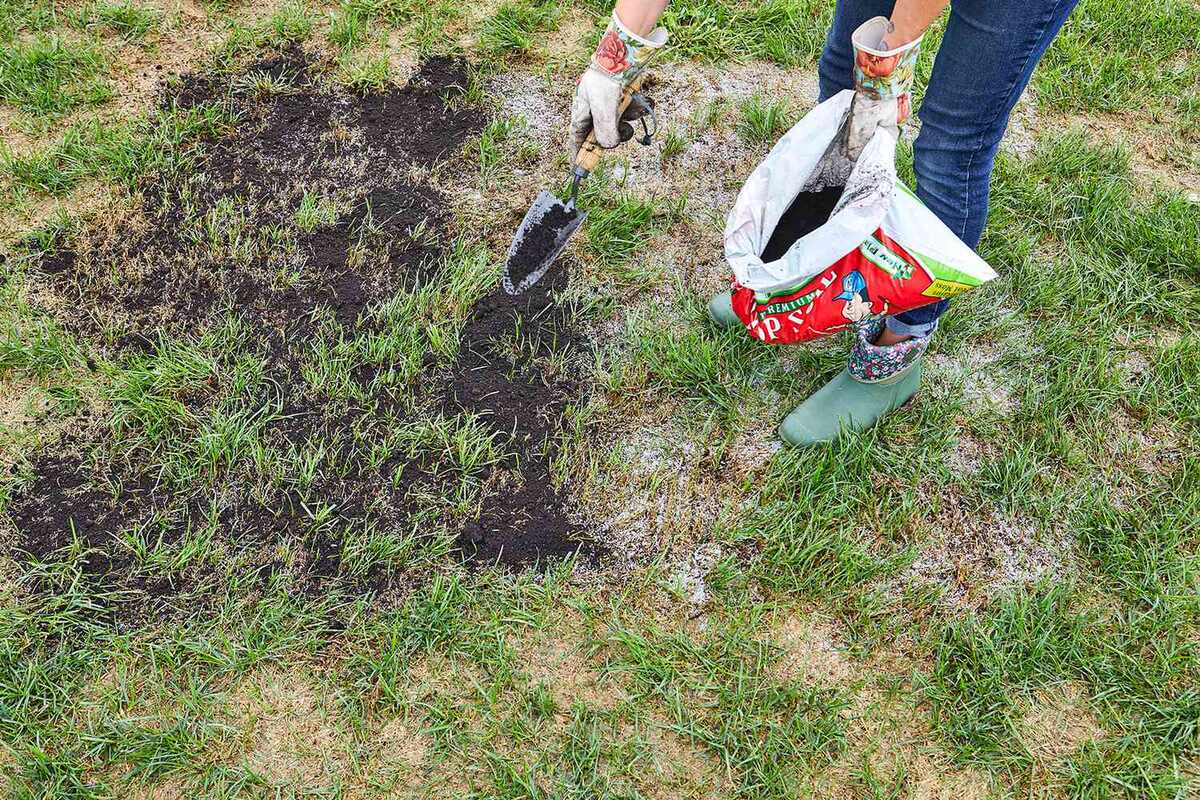
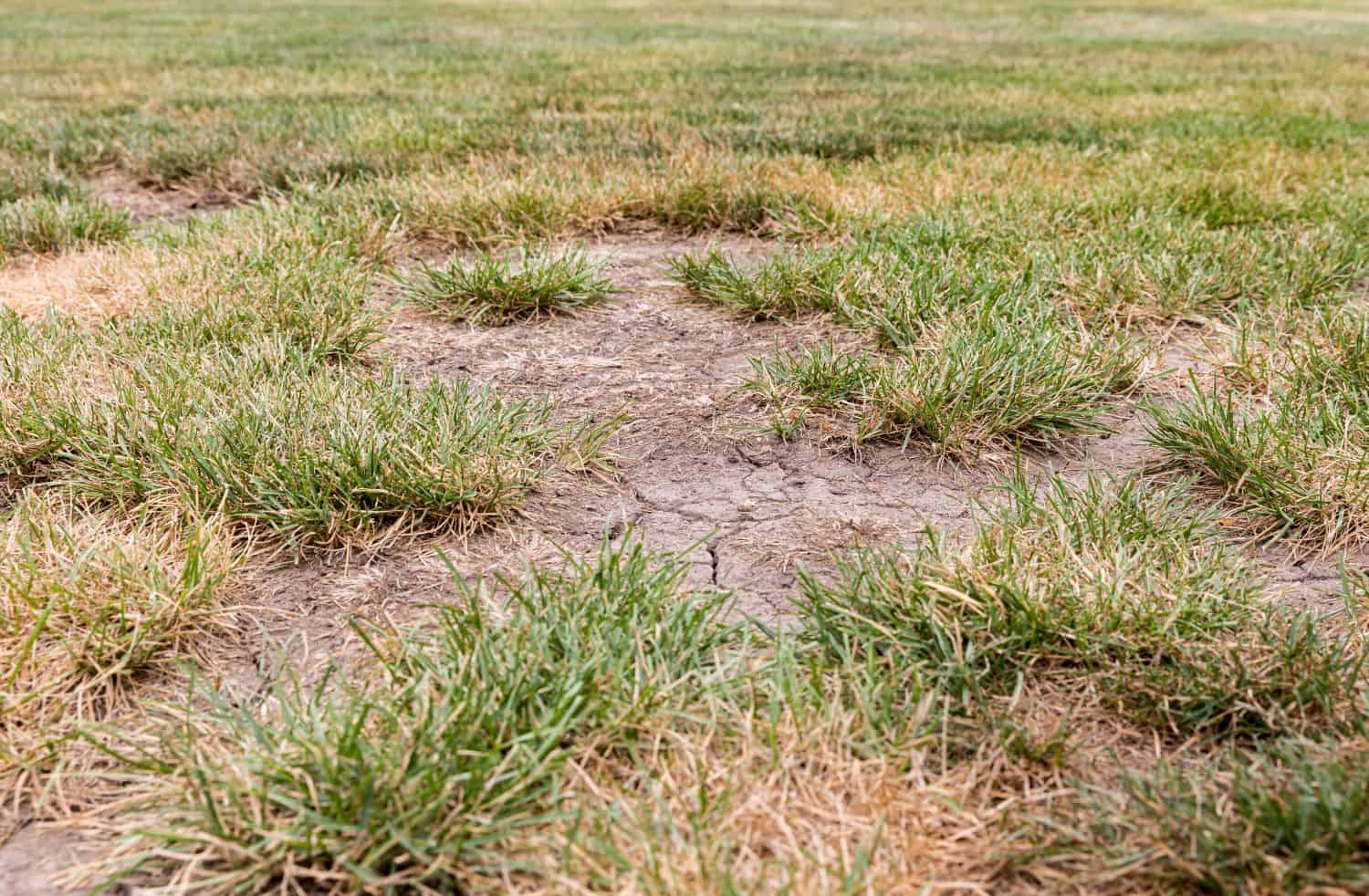
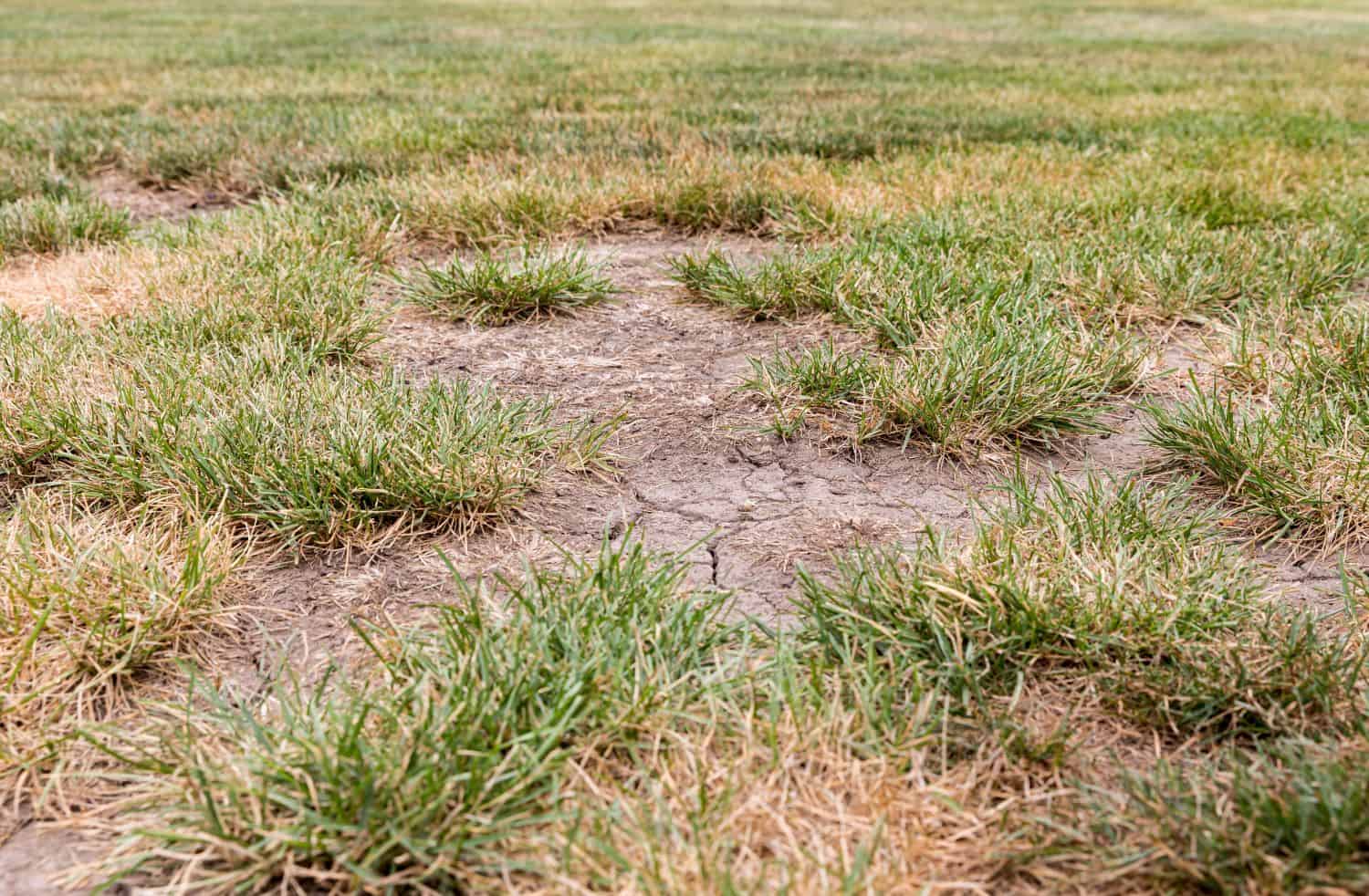
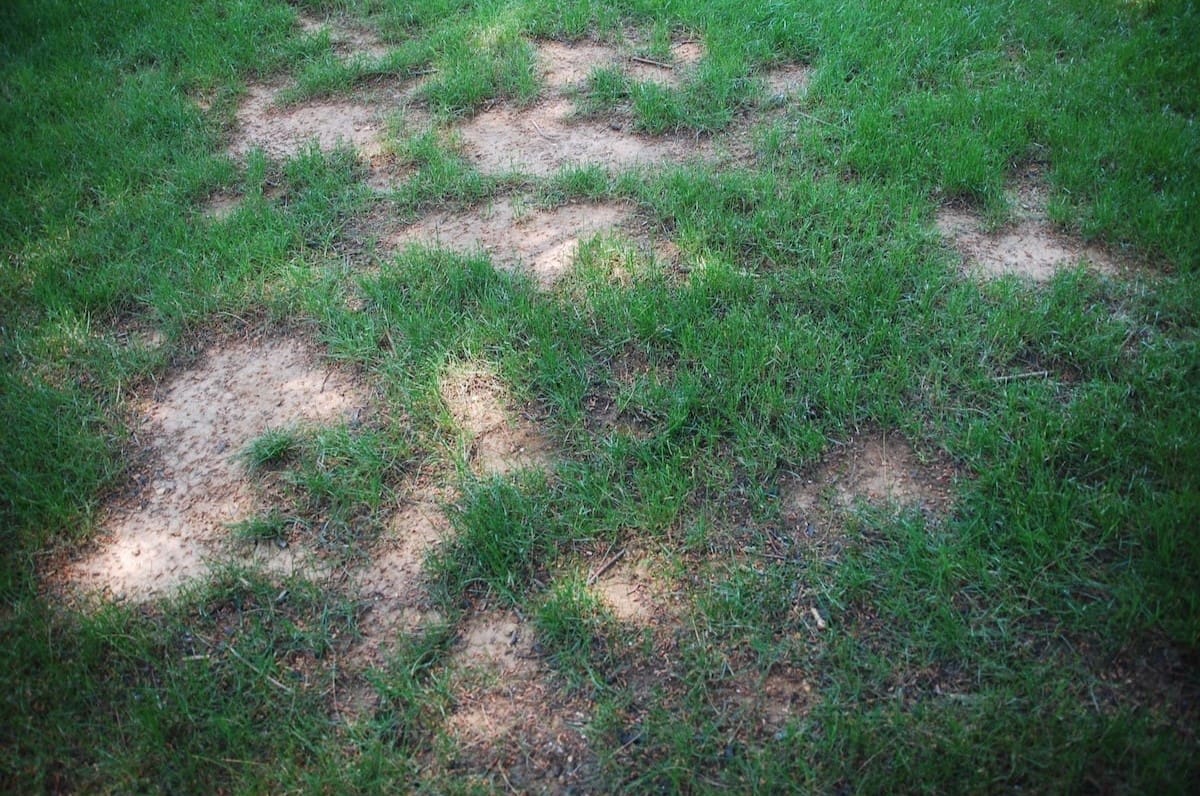

0 thoughts on “How To Grow Back Dead Grass”